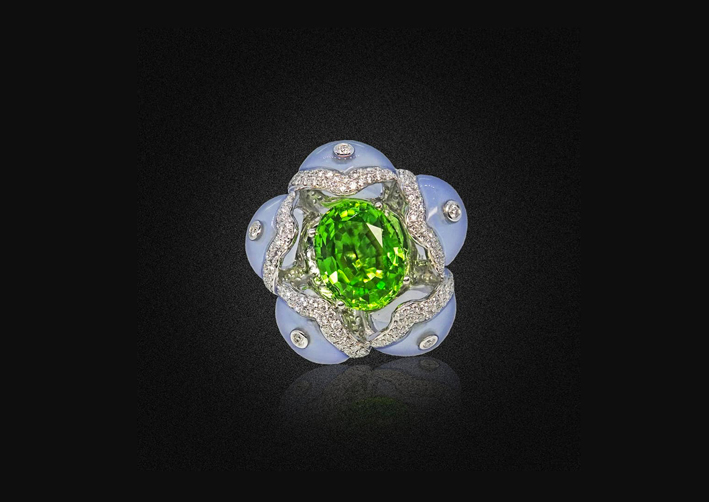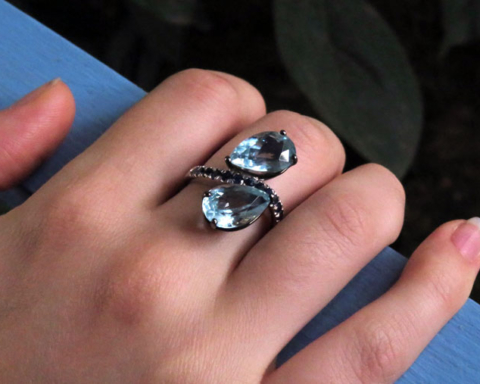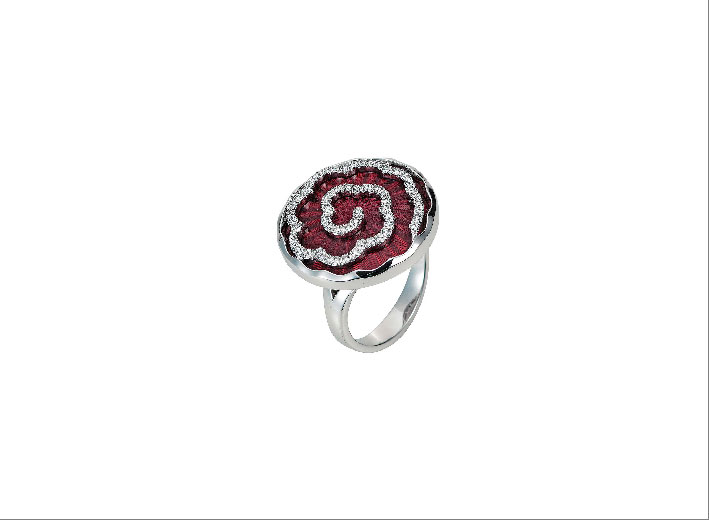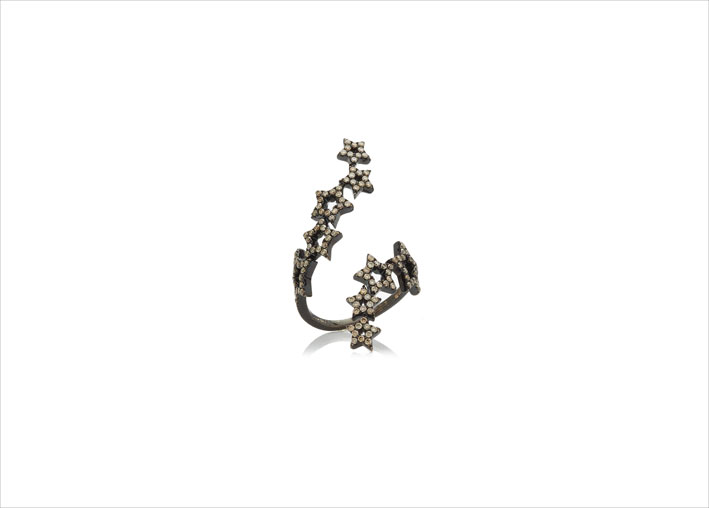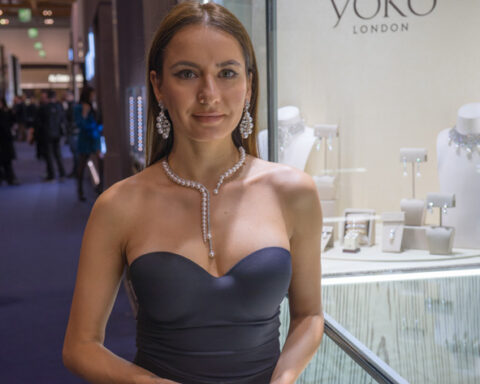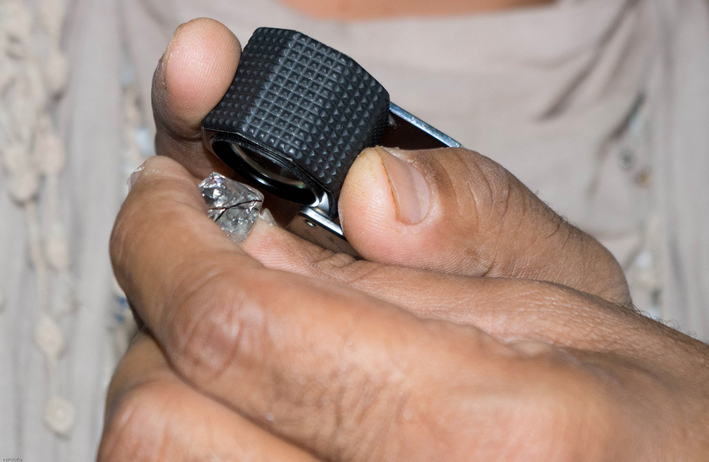Do you have a jewel with an olive green stone? It is probably a peridot. Here are the characteristics of the peridot, stone of the month of August, and the advice for choosing ♦
Peridot is all the rage. In addition to being the stone of the month of August, it is loved by those jewelers who like colors with a strong personality, which cannot be confused with others. And the olive color of the peridot is undoubtedly unique. Peridot has a shade of warm green: it will therefore be perfect for those with tanned skin, or simply Mediterranean, or darker. But, of course, peridot can be combined with other gems or set in a very wide setting: in this case it can also stand out on colder complexions.
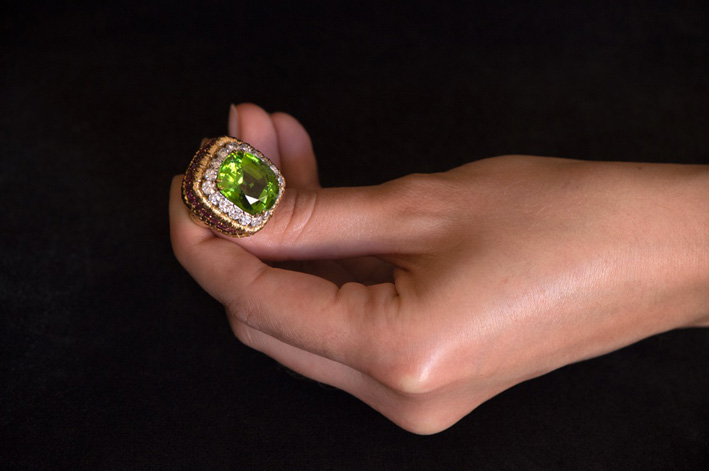
What is it. Peridot, which from a gemological point of view is a chrysolite, is not a very common stone. This semi-precious stone is found mainly in depth (even 200-300 kilometers below the earth’s crust): the gems that are used in jewelry have been brought to the earth’s surface over time, by earthquakes or volcanoes.

Where is it. A variety of peridot is mined in Arizona (they are small and lighter colored gems), in the Republic of Myanmar (Burma), in Sri Lanka and China, but also in Pakistan and Kenya. A curiosity: some peridots have been discovered inside some meteorites.
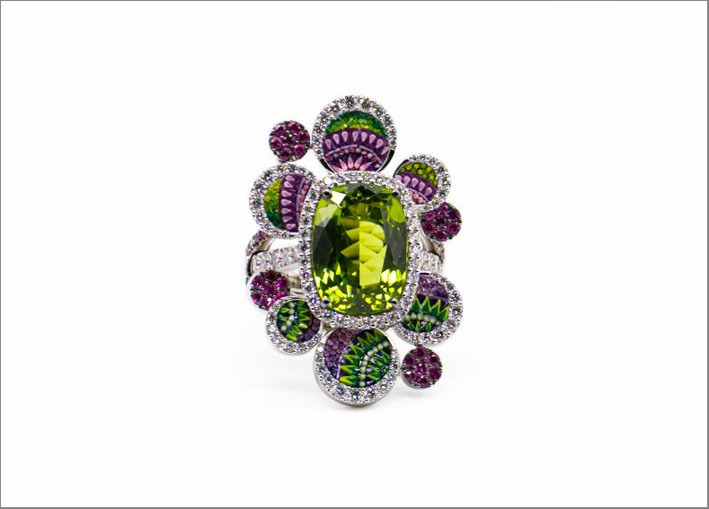
Features. Unlike many other gemstones, peridot has only one color: the pale green. however, it can take different shades, from olive green, lime, yellow or dark. The shades most in demand is the green forest, a little ‘to yellow and no brown tinge. The depth of green depends on the amount of iron which is contained in the crystal structure. It is not a very hard stone: you have to be careful, then, not to scratch it. Usually jewelers try to arrange it so that it is most protected.
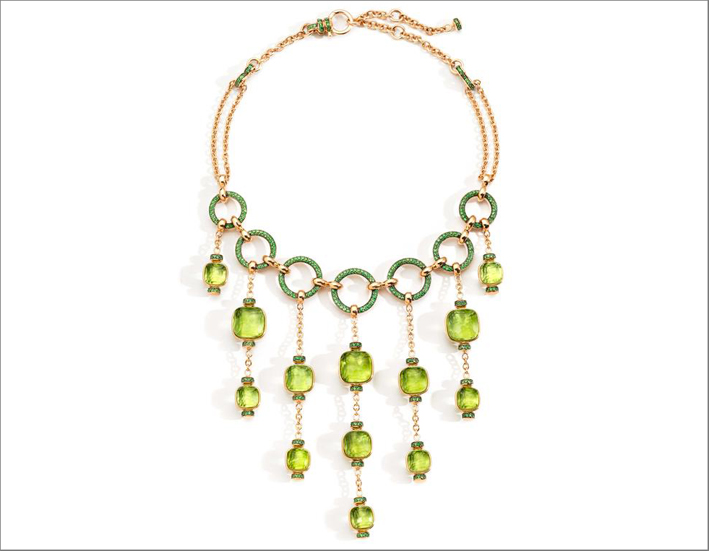
Buying Guide. If you want a jewel with a peridot a certain size, know that the commercial quality is divided into classes A and B. The first are clear, without brown tones. Those quality B have a paler color or have visible inclusions. It is also a relatively inexpensive gemstone if the weight is under 4 carats. Over 10 carat peridot become very rare and expensive.
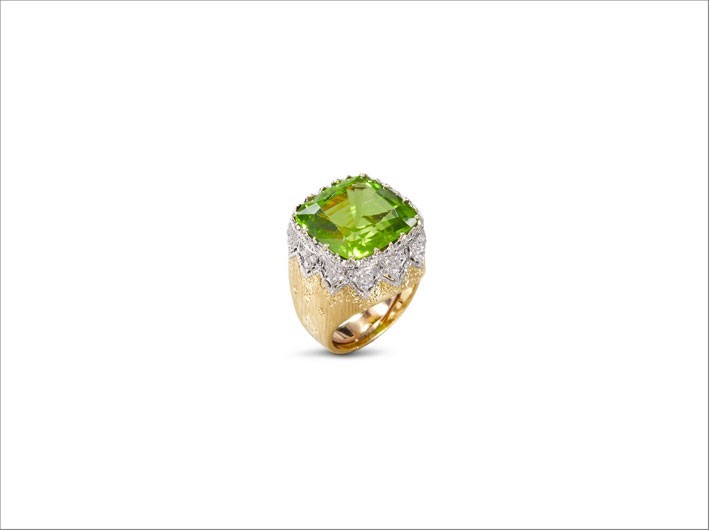
circondato da alcuni 36 diamanti taglio brillante by Buccellati
Why is it called peridot? The origin of the name peridot is not known precisely. Certainly, however, the stone was appreciated in ancient times. According to some, the word derives from an alteration of the Anglo-Norman language pedoretés, translated into classical Latin with pæderot. Others indicate that the French name peridot derives from the Arabic word faridat, which means jewel. The stone, in fact, has been known for thousands of years: it was already used by the ancient Egyptians around 1500 BC, who called peridot the “gem of the sun”. Cleopatra also apparently liked these gems, who flaunted them.The largest olivine peridot is a 310-carat (62 grams) specimen in the Smithsonian Museum in Washington, DC.
